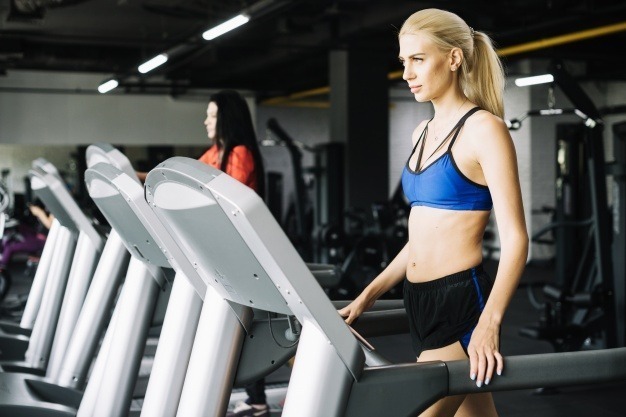Winter and the rise in air pollution this time of the year forces many people to switch to indoor training in order to keep up with their fitness goal. While some people prefer to work-out from a gym, the others look for alternatives to replaces their outdoor runs at home. As beautiful as it is outdoors, there are a lot of factors at play during an outdoor run. Temperature, access to trails, and crowded routes can all complicate your regular routine and make it hard to stay on track. Those who opt to train indoors know how hard it can be to find a great treadmill to support their routine. With all the options out there, it’s no wonder that such a large purchase can be confusing.
The team at Reviews.com has researched three important questions to consider before choosing the right treadmill for the indoor training.
Will I be mostly walking or running?
The ideal treadmill for a runner is different than that for a walker. Deciding exactly what type of exercise you’ll be doing will help you navigate toward a treadmill which has the appropriate features for you. Walkers will want to look for a less bulky treadmill with lower horsepower. These models tend to be sufficient to support walking without excessive power and features that walkers typically don’t need. You’ll also save money by choosing these smaller, less powerful models, and they tend to be easier to move.
Runners and interval trainers typically put more stress and wear on a treadmill because of the speed and impact of their workouts. If you’re running or interval training, look for a bigger machine with more power, which will be able to keep up with the mileage and strain that running puts on a machine.
Does speed and incline range matter?
The short answer here is that it depends on what exercise you’ll be doing and whether or not you’re doing specialty training.
Your average treadmill typically tops out around 10 or 12 miles per hour (or about a 5 – 6 minute mile). This is perfect for pretty much any walker. Runners will want to make sure that the top speed of the treadmill encompasses their typical pace so they can comfortably train and set new PRs on it.
Average treadmills usually will offer about 10 – 15% incline at maximum, which is usually fine for walkers and runners. Those looking for a higher range for specialty uphill or downhill training will want to look for a model created specifically for these needs.
How much horsepower do I need?
Manufacturers often talk about a treadmill’s horsepower in terms of either “peak performance” (the highest point of a range) or “continuous performance” (a consistent measurement). Look for machines that discuss horsepower in terms of continuous performance (CHP or continuous horsepower), as this is the most relevant and useful metric overall for continuous workouts.
The actual horsepower count that you need will be determined by what activity you’re doing. Keep in mind, however, that the weight of the user and the intensity of the exercise can increase your horsepower requirements. These estimates can point you in the right direction:
Walkers should look for 2 CHP
Joggers should look for 2.5 CHP
Runners should look for 3 CHP
Ultimately, the best treadmill for you will come down to function as discussed here, but also personal preference during your shopping experience. For more information about finding a great treadmill for your routine, you can check out the article here:






